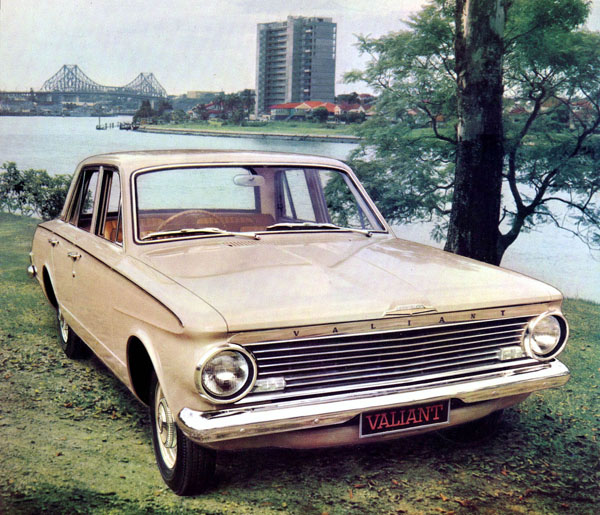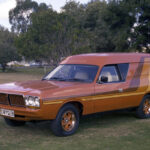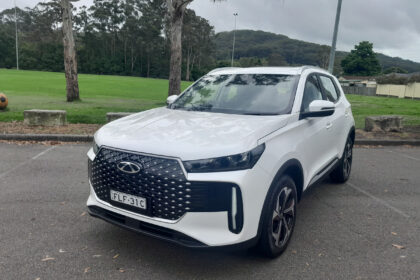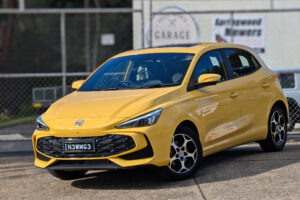
The introduction of the AP5 Valiant in May 1963 was timed perfectly with Chrysler’s strengthening presence in the Australian market. A few months before, the car maker had decided to take the plunge and started stamping panels and dies at a brand new plant in South Australia.
By the time the AP5 arrived, it was no longer a case of local assembly. Chrysler was now building the cars and the level of American content had dropped dramatically. Chrysler’s investment in the Australian market was growing almost by the month. With the AP5 Valiant came a new model – the Regal – a nameplate that would last until Valiant’s eventual demise 18 years later.
Although most of the mechanical features of the new Valiant were carried over from the S Series, just six body panels were shared with the car’s American version. The styling of the AP5 bore little resemblance to the R and S Series and, in fact, moved more towards the conservative look of its rival from Ford and Holden. To many observers this was a disappointment as the looks of the previous two Valiants were believed to have been Chrysler’s biggest advantage over the competition.
After the release of the AP5 sedan in May, the Valiant Safari station wagon followed in November. Up to the rear doors, the wagon used the same panels as the sedan. One of the main features of the Safari wagon was the rear window, controlled by an exterior handle. The window could be wound down to any position, but it had to be wound down fully before the tailgate could be opened.
While standard equipment was similar to the previous models, the AP5 was sold for a lower price than the R and S Series. The new body meant that the AP5 was slightly longer than the R and S Series it replaced, but was as wide and retained the same wheelbase and track.
For the first time since the Valiant was introduced, Chrysler marketed a separate, more luxurious model to bring the car-maker in line with Holden and Ford, which sold the Premier and Futura as their up-scale variants. The Valiant Regal was immediately identified by its exterior badging, including a raised emblem on the bonnet and a Regal badge on the boot of the sedan as well as whitewall tyres, chrome body mouldings, window trims and different wheel covers. Inside the Regal the seats were padded and trimmed in a soft vinyl, while the interior body side panels were also in vinyl and colour matched to the seats to give it more of an upmarket feel. It also had folding centre arm rests for both the front and rear bench seats, carpeted floors, two-tone steering wheel and a heater and demister.
In total 49,440 AP5 Valiants were produced before the AP6 was introduced in 1965. Late in 1962 Chrysler announced a $36m expansion plan that would eventually lift production to 50,000 cars a year by 1967.









